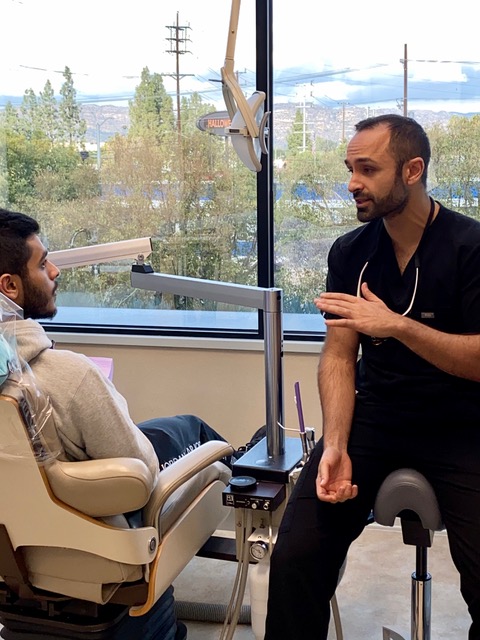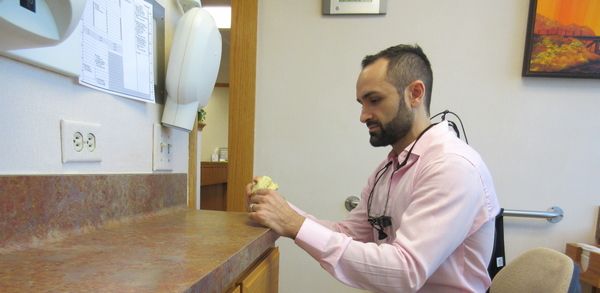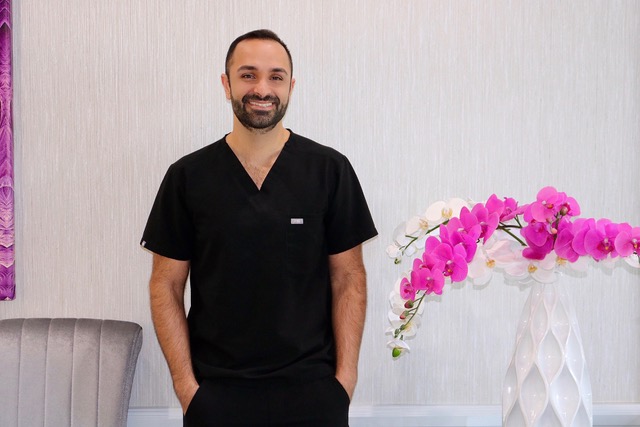Medical ultricies nisi vel augue. Curabitur ullamcorper ultricies nisi. Nam eget dui elit adipiscing. Etiam rhoncus sem quam semper libero.
Dental or Implant. What is the Best Option?
Medical ultricies nisi vel augue. Curabitur ullamcorper ultricies nisi. Nam eget dui elit adipiscing. Etiam rhoncus sem quam semper libero.
Benefits of Teeth Whitening
Medical ultricies nisi vel augue. Curabitur ullamcorper ultricies nisi. Nam eget dui elit adipiscing. Etiam rhoncus sem quam semper libero.




